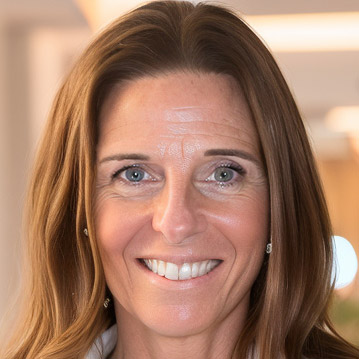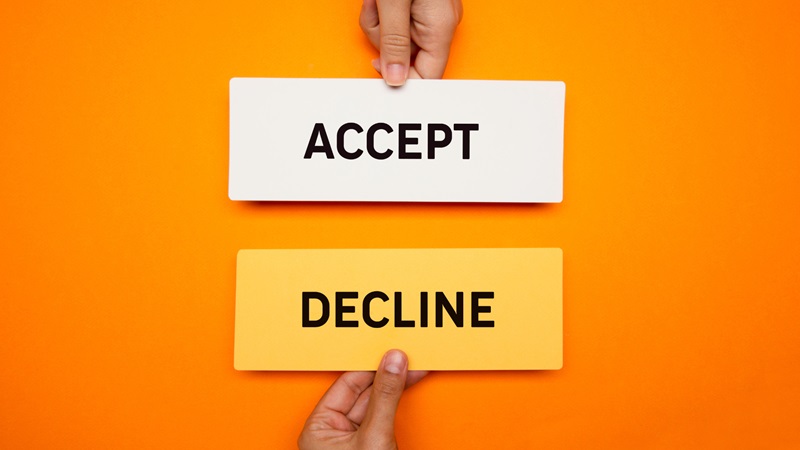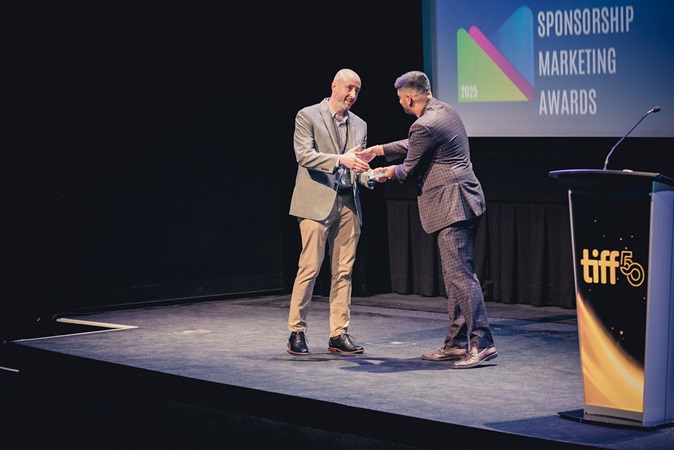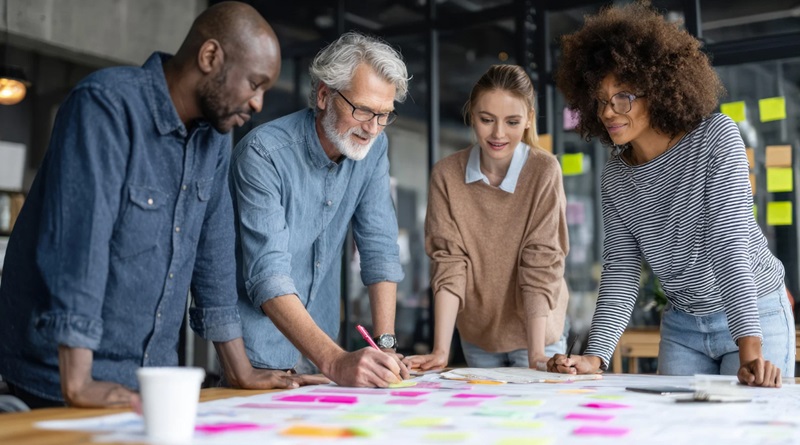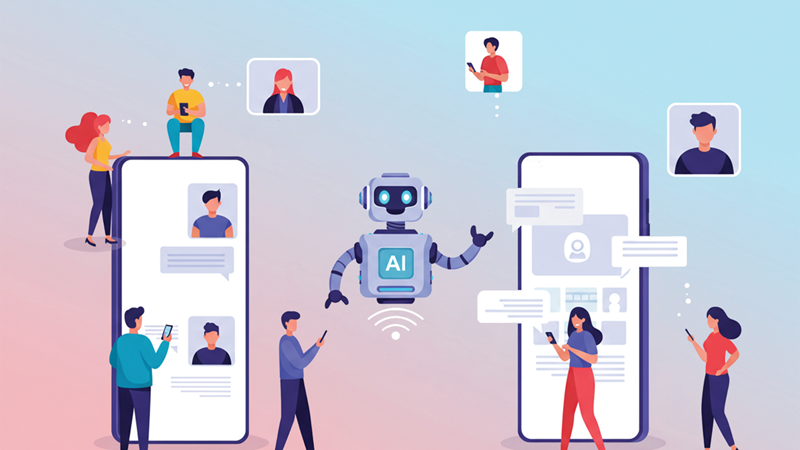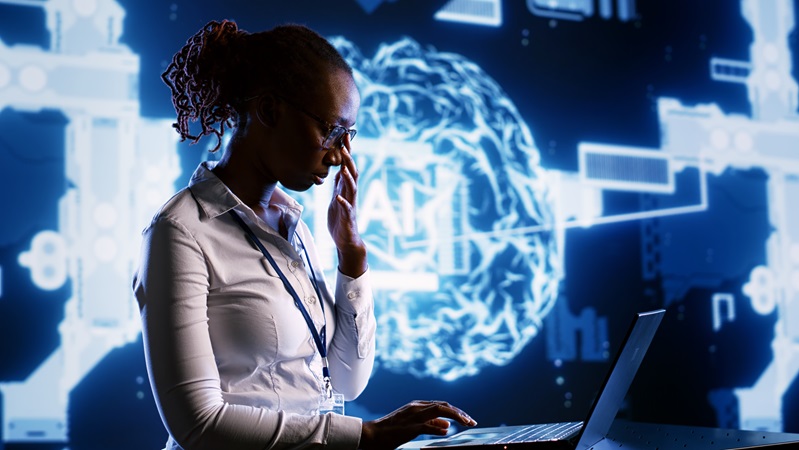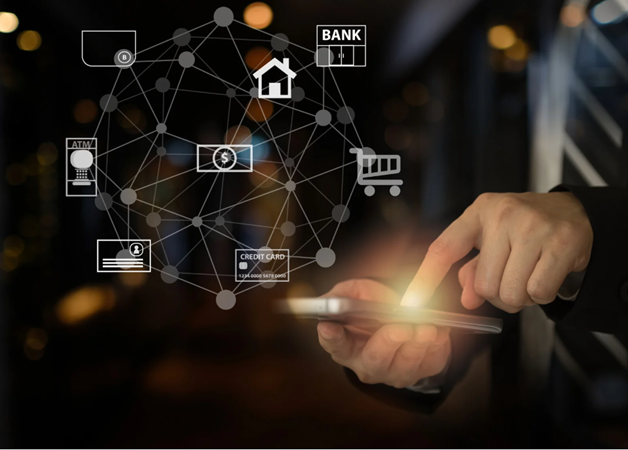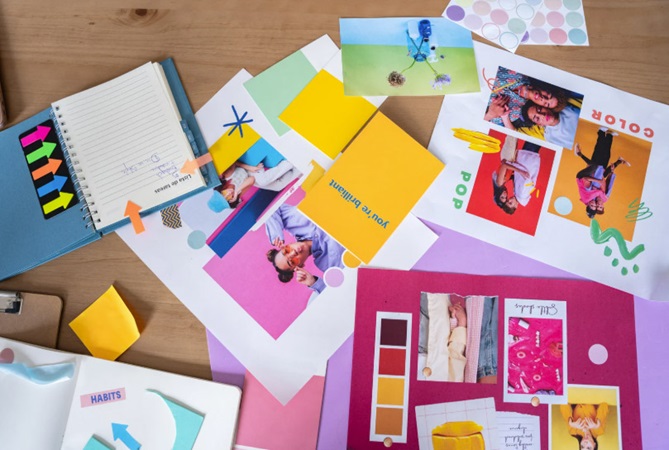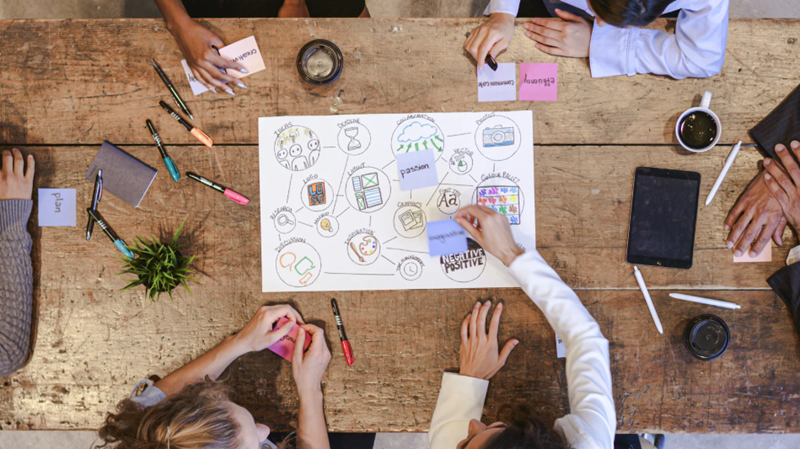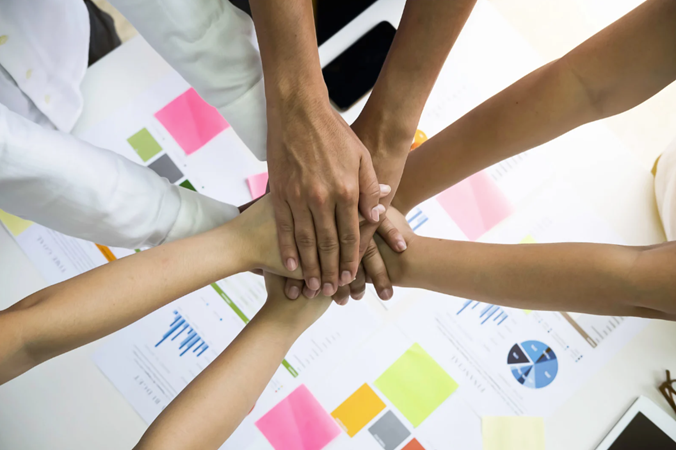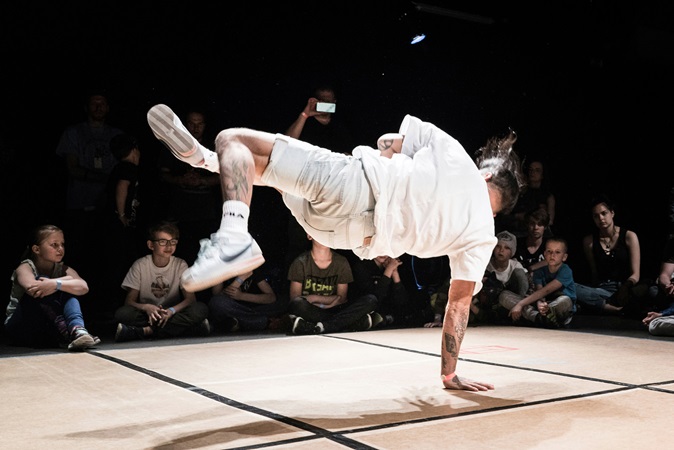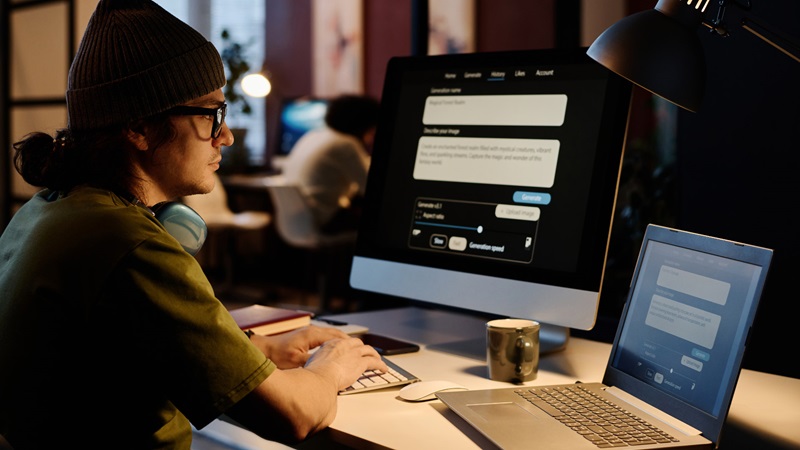Bright sparks: Part 2
Creativity through neurodiverse wiring
Read Part 1 of this blog series here.
A creative and professional safe space
As a sister to a wonderful woman, who has a developmental disability, and a mother to an incredible daughter diagnosed with ADHD, I have also become a sideline researcher and a huge advocate of diversity and inclusion. As a creative agency veteran, I have always worked in a culture and environment that celebrated unique ideas and ways of working. To me, coming to work each day in a way that helped me learn, grow and produce seemed natural. And looking back, I realize that it was a key enabler in helping me excel in my own career. Maybe that is one of the reasons I picked the creative industry…I always thought I “thought differently” than most people around me. Today, I watch my sister and my daughter create routines, environments, and alliances that support them to be their best selves. Today, there are tools, ways of working, and openness to creating “space” accommodations to learn. These are opportunities that attracted me to the creative world, and today, they are finally being recognized as aiding in people’s and businesses daily productivity.
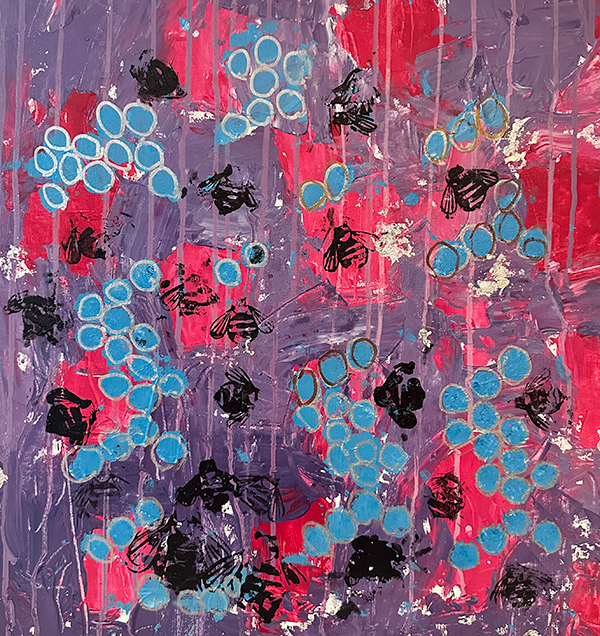
Original artwork by Addison Dean
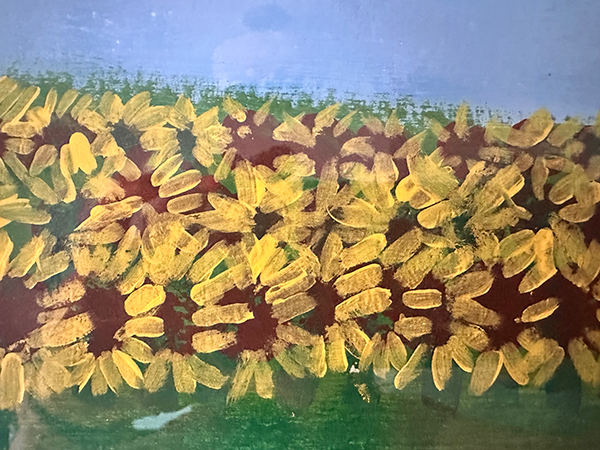
Original artwork by Addison Dean
Workplace adaptation
Let’s talk logistics. You can’t just hire neurodivergent creatives and expect them to thrive in a traditional setup. Open-plan offices can be overwhelming. Ambiguous feedback is a nightmare. Interviews? Designed for extroverts.
We need to rethink the ecosystem. Clear communication. Predictable routines. Flexible structures. It’s not about lowering the bar—it’s about removing irrelevant hurdles. You wouldn’t make a sprinter run in hiking boots. So why force unique thinkers into one-size-fits-all workflows?
The upside? You get real originality. Deep focus. Problem-solvers who don’t just think outside the box—they wonder why the box exists.
This isn’t charity. It's a strategy. Companies that build with neurodiversity in mind report stronger innovation, better retention and more dynamic teams. Not because everyone is the same, but because the differences are working in sync. That’s what true collaboration looks like.
Businesses are finally realizing that employees need different spaces to think differently. We are seeing office spaces being designed to accommodate quiet areas, hyper focus areas, open group work areas, movement zones, creative expression, calming areas, and the list goes on. After the world left the “office environment” and staff were forced home for a period of time to work in their own space, in their own way, people are finally recognizing and acknowledging that productive working environments are not a ‘one-size-fits-all’ situation. And the best environments provide options to drive different thinking, and inspire people through understanding what they need to bring their best to the workplace.
There are now architectural and interior design firms with specific teams dedicated to “neurodiverse design.” Designing for neurodiversity means creating environments that allow all occupants to find the right sensory settings to thrive. It requires considering concepts like environmental stimulation, social interaction, safety, predictability, and cognitive load, while supporting refuge and autonomy. These groups are focused on designing space based on an understanding and acknowledgement that a significant part of the population is neurodiverse, and therefore, there is an opportunity to create space to accommodate and celebrate these individuals' contributions.
Global initiatives
Movements like “Neurodiversity Celebration Week” excite me. They push the conversation beyond awareness and into appreciation. They ask institutions—not just creative shops, but schools, companies, governments—to recognize the value in different cognitive styles. It’s more than a cause. It’s a shift. One where we stop trying to “fix” neurodivergent individuals and start fixing the environments that ignore people’s potential.
Globally, we’re seeing more companies begin to recognize this. There are tech firms actively recruiting autistic coders. Universities are developing new models of inclusive learning. Even ad agencies are beginning to admit that the best ideas might come from the most unexpected minds. The momentum is real.
As Forbes recently expressed, “When we’ve finished this work, we will not be talking about neurodivergence anymore. We will talk about everyone, as individuals, having their own strengths and struggles.” The “neurodiversity movement” is in full swing. Since the term “neurodiversity” was coined in the 1990s, we have progressed from “neuro-awareness” to “neuro-normalization.” Now, we are on a path towards “neuro-inclusion” or “neuro-equality,” supporting the unique needs of each individual.
Summation
If you’ve made it this far, here’s the TL;DR: Neurodivergent people don’t need our sympathy. They need our respect. Our platforms. Our job offers. Our belief that their way of thinking isn’t a deviation—it’s a dimension.
We’ve had neurodivergent brilliance all along. It’s time we stopped celebrating it by accident and start doing it on purpose. Because when you remove the noise, the clutter, the assumptions—what’s left isn’t just different. It’s exceptional.
We would like to end on one of our favourite quotes from Dr. Temple Grandin, a human rights activist and one of the first autistic people to document the insights she gained from her own personal experiences with autism: “The most interesting people you’ll find are the ones that don’t fit into your average cardboard box. They’ll make what they need. They’ll make their own boxes.”

